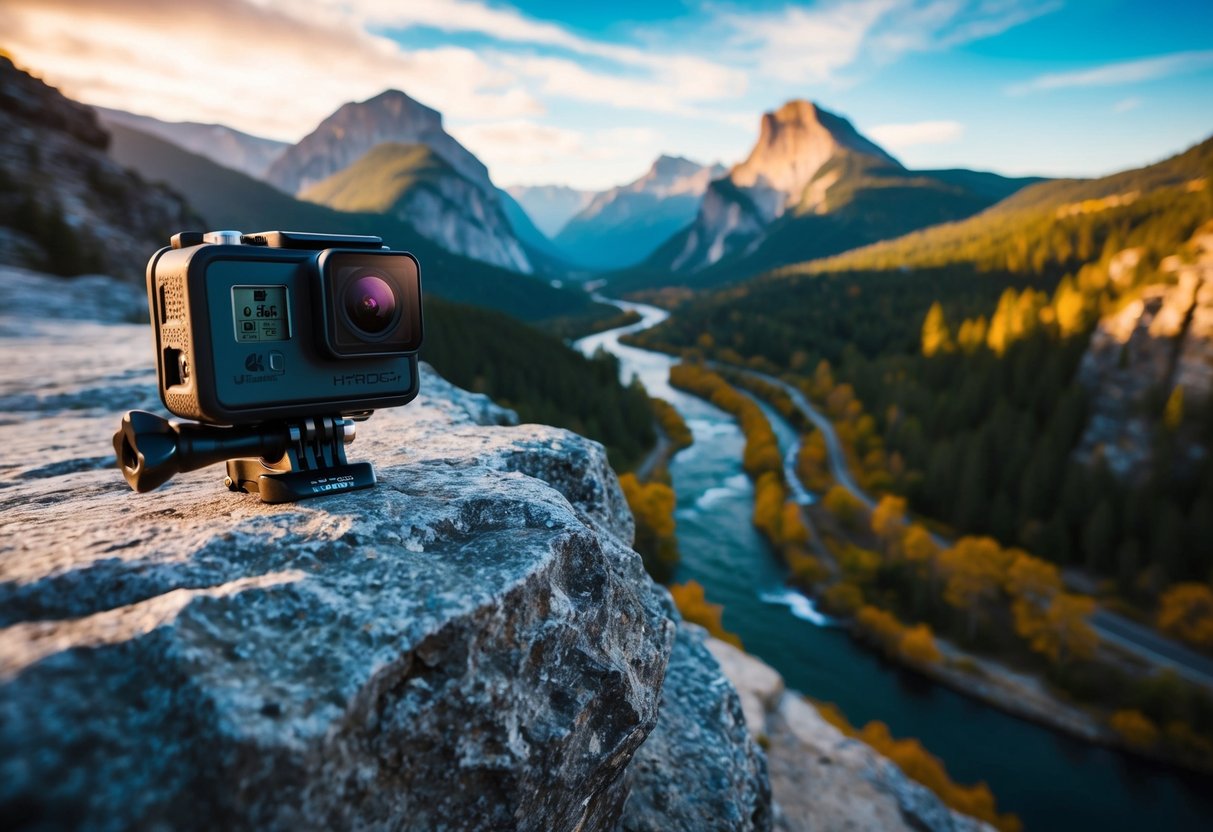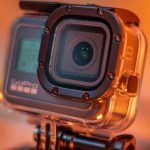Reviewing the Best Action Cameras of 2025: Capture Every Adventure
Battery Performance
Battery life can define the success of a shooting session. A long-lasting battery ensures the camera won’t suddenly shut down during pivotal moments. This is especially vital for long excursions where recharging isn’t always an option.
Various models provide different battery capacities, some even supporting interchangeable batteries, which can be a game-changer for extended shoots. It’s important to consider the rechargeable nature of batteries and the average usage time per charge, ensuring it aligns with the user’s needs.
Stabilization Capabilities
Stabilization significantly affects the quality of footage, especially in high-action settings. Built-in stabilization features, like electronic or optical stabilization, help reduce shakiness and smooth out video, resulting in professional-looking footage.
Advanced stabilization is crucial for capturing smooth video while biking, skiing, or participating in other fast-moving activities. As technology advances, some cameras offer incredibly efficient stabilization, maintaining video quality even in the most chaotic conditions.
Understanding Camera Specifications

When selecting an action cam, it’s essential to evaluate camera specifications such as resolution, frame rate, and sensor size. These elements significantly impact image quality and performance in various filming conditions.
Resolution Explained
Resolution determines the clarity and detail of video footage. Many modern action cams offer 4K video, providing crisp imagery with high detail levels that are ideal for viewing on large screens. Some cameras even surpass this with 5K or 6K options, although these resolutions often require more storage and processing power. Lower resolutions, like 1080p or 720p, are also common, offering smaller file sizes and quicker processing times, suitable for standard definition streaming or social media.
Importance of Frame Rate
Frame rate affects the smoothness of motion in video recording. Action cameras often feature frame rates such as 60fps or 120fps, enabling smoother playback and slow-motion videography. While 60fps is suitable for most standard recordings, action cams with 120fps or higher excel in capturing fast-paced activities. This capability allows users to freeze moments in slow motion without sacrificing clarity.
Sensor Size and Type
The sensor is crucial in determining how an action cam captures light and detail. The CMOS sensor is commonly used in action cams, known for its energy efficiency and capability to handle rapid image capture. Larger sensor sizes generally lead to better low-light performance and depth of field. Additionally, ISO settings influence how cameras adapt to different lighting conditions, impacting image noise and overall quality. Typically, higher ISO settings are beneficial in low-light environments but might introduce noise.
Comparing Popular Action Camera Brands

The landscape of action cameras has evolved with a mix of established names and new contenders. Understanding each brand’s strengths and how they deliver quality is crucial for making a decision.
DJI’s Market Impact
DJI, primarily known for its drones, has expanded into action cameras with the Osmo Action series. The focus is on robust performance and innovative features. Their dual-screen setup appeals to vloggers and adventure seekers alike. DJI’s stabilization technology enables smooth recording, which enhances user experience. Compatibility with various mounts also adds flexibility.
The Osmo Action’s waterproof design and voice control capabilities bring additional convenience. While traditionally overshadowed by GoPro, DJI is carving out a niche. They offer a compelling alternative for those seeking reliability and cutting-edge technology.



